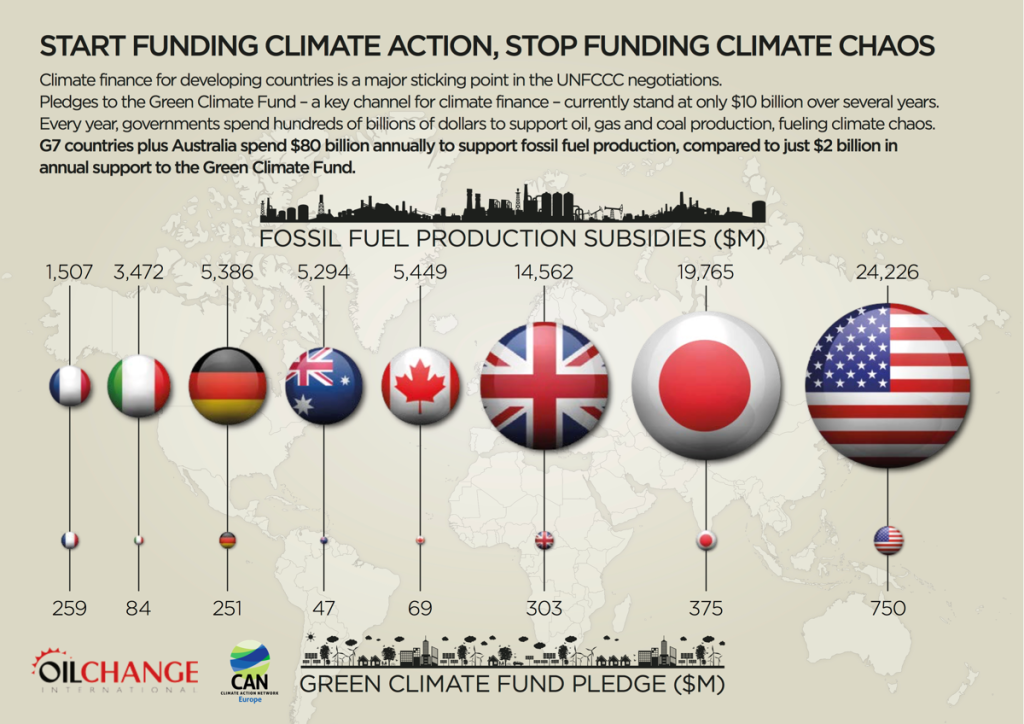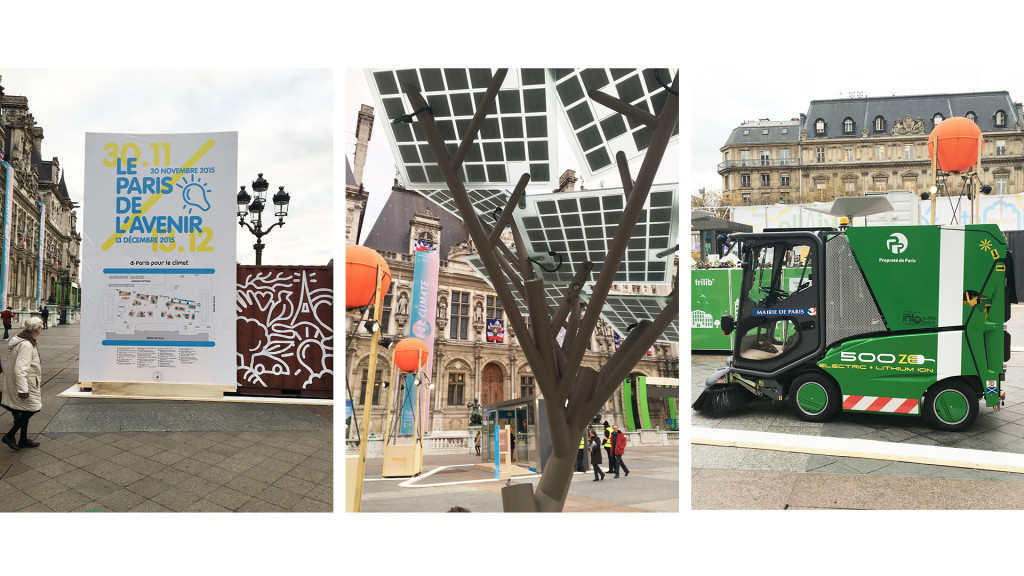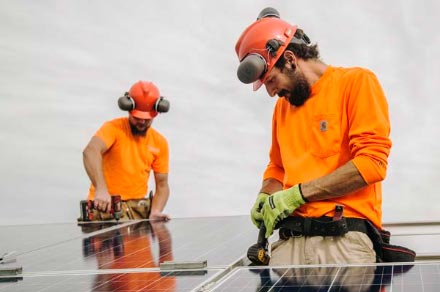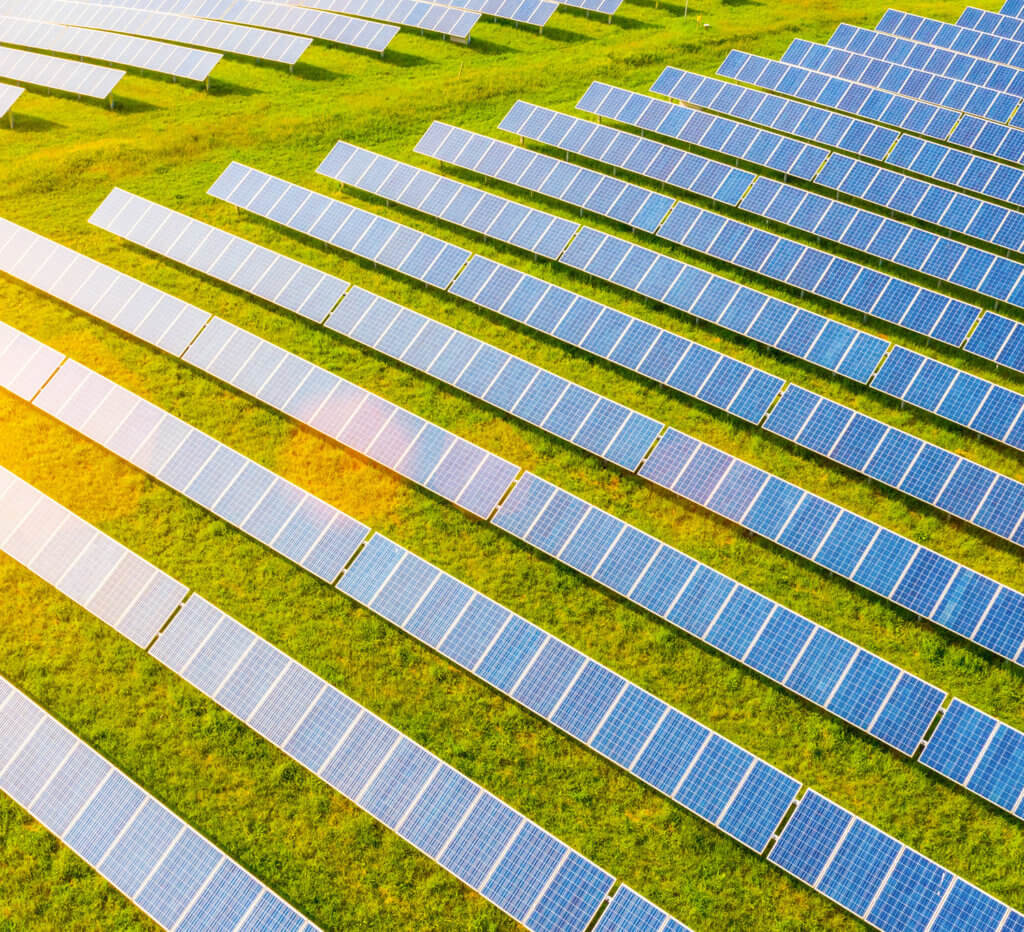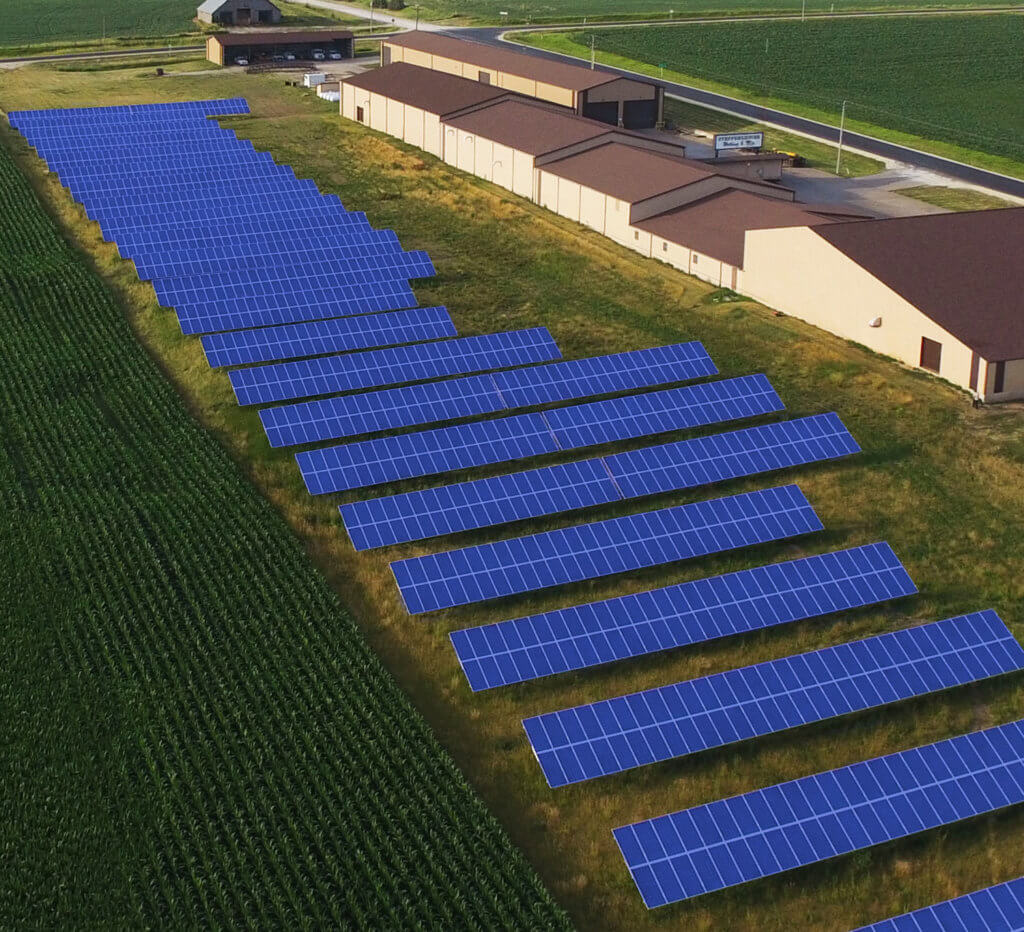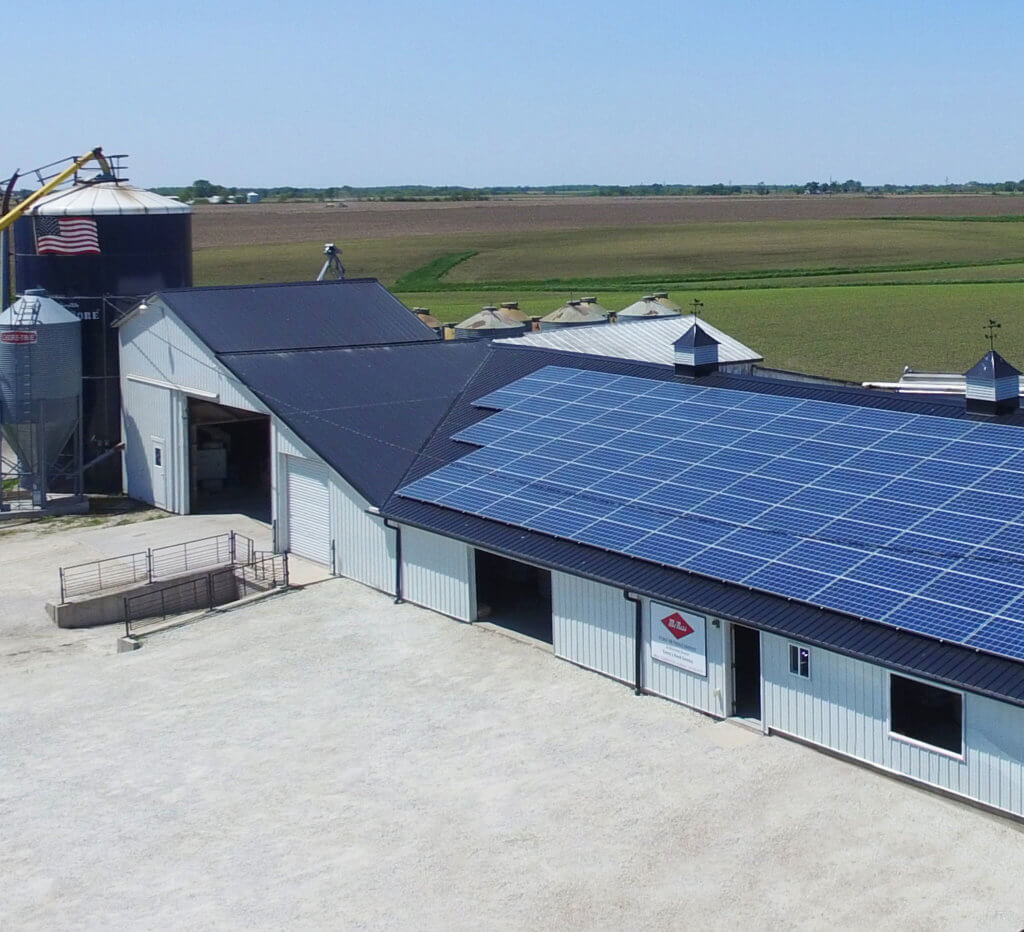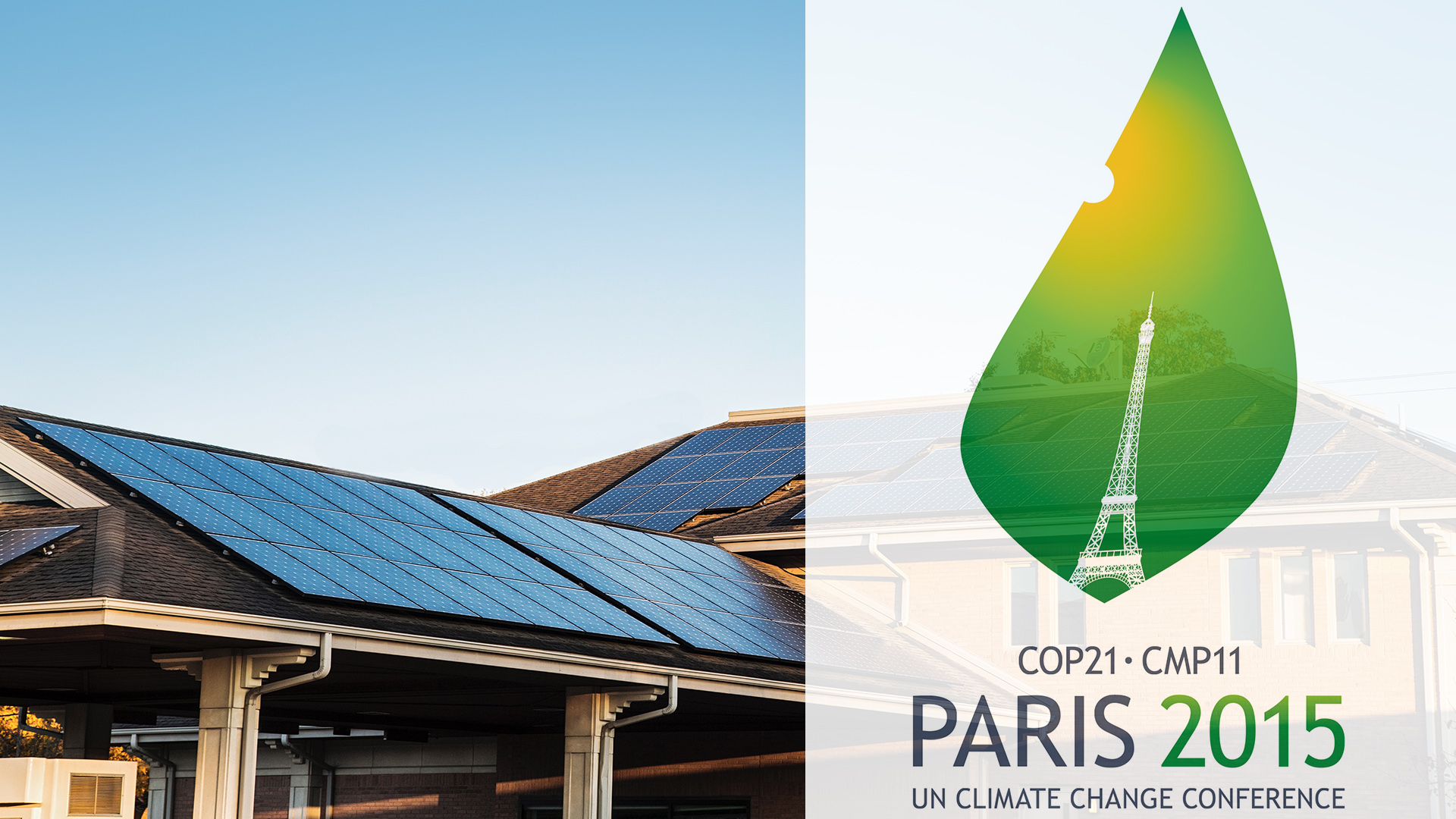
Daily Dispatch from Paris
COP21 Day 3 Recap: Wednesday, December 2nd, 2015
China cleans up, water support from the World Bank, following the money, divesting commitments, Paris de L’avenir
CHINA SAYS IT WILL CLEAN UP
Today China stated that it will upgrade its coal-fired power plants to reduce the discharge of pollutants by 60% before 2020. The move will save around 100 million tonnes of raw coal and cut carbon dioxide emissions by 180 million tonnes annually, according to the reports of the official Xinhua news agency.
The timely announcement comes on the heals of an”orange” alert, the second-highest level of pollution, in China’s capital Beijing. Residents were told to stay indoors and highways were closed until the alter was lifted.
China pledges to cut emissions in power sector by 60% by 2020 https://t.co/o6SjXGemcP #COP21 pic.twitter.com/gYB16lUNuE
— COP21en (@COP21en) December 2, 2015
SUPPORT FROM THE WORLD BANK FLOWS IN
The World Bank Group today announced a significant boost in funding for water programs in India, the Niger River Basin, Morocco and Kenya to help tackle water challenges.
A key initiative announced by the Bank Group today was a US$500 million investment to support India’s US$1 billion program to improve management of its groundwater. India is the world’s largest consumer of groundwater. The funding, subject to approval from the Bank’s board of Executive Directors, would help with institutional reforms, build up capacity and develop infrastructure.
“Water is so fundamental to life and to economic development, and it’s vital we tackle these issues particularly in the developing world, where water stress is already exacting a price on people and economies,” said Junaid Ahmad, Senior Director for Water, World Bank Group.
Excerpt from the World Bank Group, read full announcement here >
#Groundwater is depleted faster than it’s replenished: https://t.co/VxpZfUJfXQ #COP21 #WaterScarcity pic.twitter.com/ioUxHyS9uD
— World Bank (@WorldBank) December 4, 2015
FUNDING THE NEW CLIMATE FUTURE
Topic of the day at COP21 is money, and more specifically, where it will be coming from. Developed nations will need to scale up annual climate finance to US$100 billion annually by 2020, and ensure a significant portion of that finance goes toward adaptation of climate solutions.
The Oil Change International and Climate Action Network released a new analysis was released indicating that G7 countries along with Australia spend 40 times more on support for fossil fuel production than they do in contributions to the Green Climate Fund. The report shows that the Australia, Canada, France, Germany, Italy, Japan, the United Kingdom and the United States account for some $80 billion per year in public support for fossil fuels, while their total pledges to the Green Climate Fund only amount to $2 billion per year.
DIVESTING COMMITMENTS
More than 500 institutions managing over over $3.4 trillion in assets had made some form of commitment to divest, according to 350.org. Over the past five years, investors have been moving away from coal causing a rippling effect of sinking asset values on Wall Street. This is due in part to the cost competitiveness of other energy sources like solar and wind.
“As governments from around the world come together to set the framework in place for moving us quickly into the fossil fuel-free era, those assets are going to become less and less valuable.” Says Steven Heintz, President of the Rockefeller Brothers Fund, at the COP21 Summit on Wednesday.
TOURING PARIS DE L’AVENIR
Paris de L’avenir (Paris of the future) is a showcase for tangible climate solutions in the context of COP21 in several exhibitions across the public space of the city.
During the 15 days of the COP21, a large-scale public exhibition is situated in front of the Hotel de Ville, illustrating solutions that the City of Paris and its partners are taking to address climate change through carbon emission reductions. The exhibition showcases present-day Paris with initiatives that are already underway, as well as a visionary glimpse into a more environmentally friendly, future Paris. Features included solar collecting flowers and trees, a low-energy model home, electric street sweepers, waste water management, and living walls. Ideal Energy took a stroll through the low-carbon model town, adapted to the climatic changes of tomorrow.

